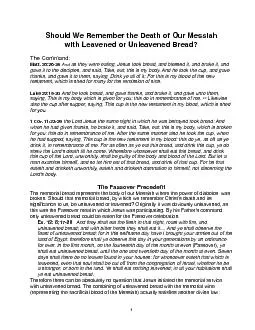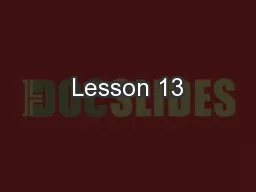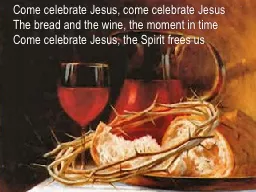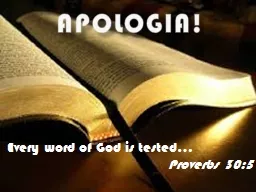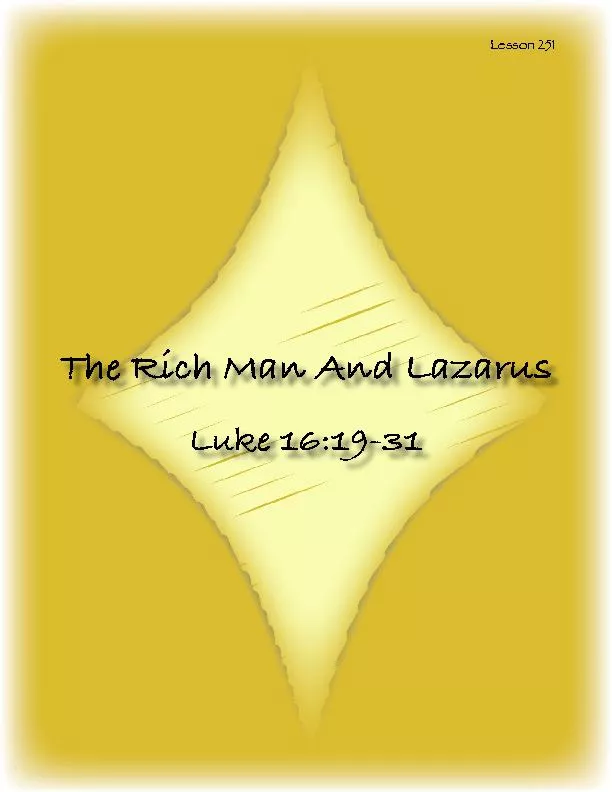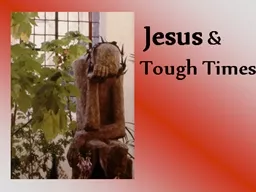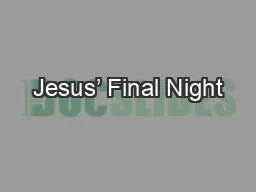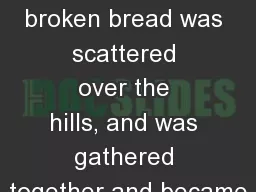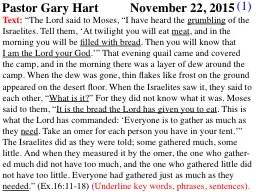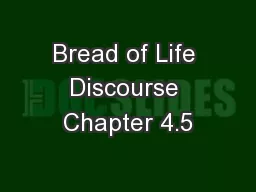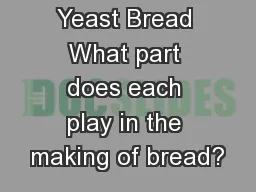PDF-the Lord Jesus the same night in which he was betrayed took bread: And
Author : briana-ranney | Published Date : 2015-08-24
despite the presence of the offending leaven in our lives Grace is the additional component that affords the salvation of the faithful at the 2nd immortalization
Presentation Embed Code
Download Presentation
Download Presentation The PPT/PDF document "the Lord Jesus the same night in which h..." is the property of its rightful owner. Permission is granted to download and print the materials on this website for personal, non-commercial use only, and to display it on your personal computer provided you do not modify the materials and that you retain all copyright notices contained in the materials. By downloading content from our website, you accept the terms of this agreement.
the Lord Jesus the same night in which he was betrayed took bread: And: Transcript
Download Rules Of Document
"the Lord Jesus the same night in which he was betrayed took bread: And"The content belongs to its owner. You may download and print it for personal use, without modification, and keep all copyright notices. By downloading, you agree to these terms.
Related Documents

